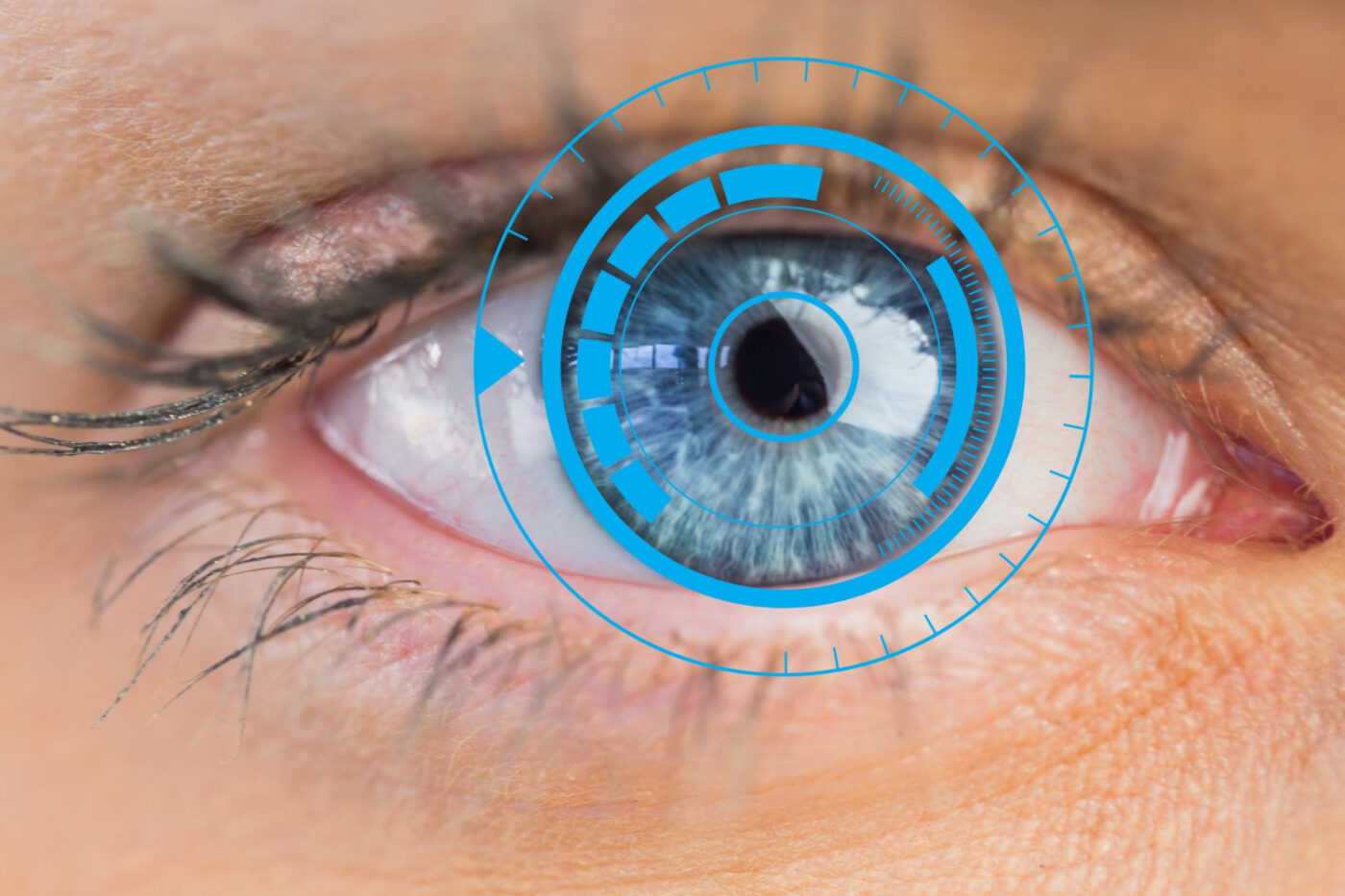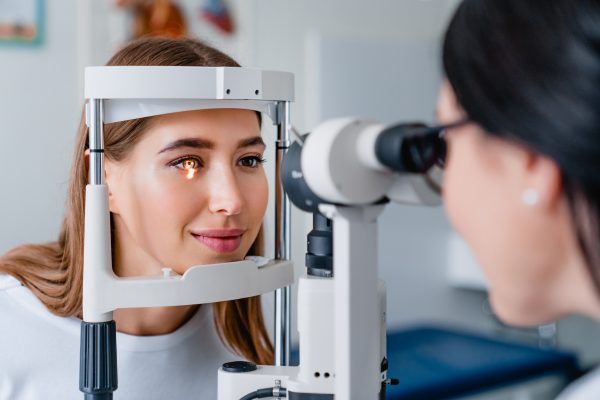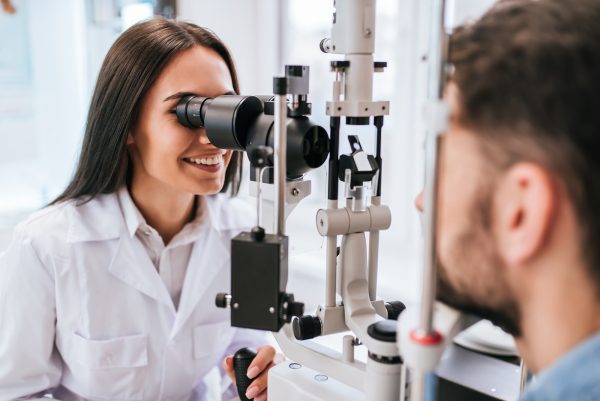If you’re considering vision correction surgery, you may have come across two popular options: EVO ICL and LASIK. Both procedures aim to improve your vision and reduce your reliance on glasses or contacts, but they differ in their approach and suitability for different individuals.
What is EVO ICL?
EVO ICL involves implanting a biocompatible lens made from collamer—a collagen co-polymer—into the eye. This lens is placed behind the iris and in front of the natural lens, effectively correcting refractive errors without altering the cornea’s structure. Notably, the EVO ICL procedure is additive, meaning it adds a lens to the eye without removing any tissue, and the lens can be removed or replaced if necessary.
Unlike conventional contact lenses, the EVO ICL is designed for permanent use and does not require daily removal or cleaning. This feature makes it a compelling option for individuals seeking a maintenance-free alternative to LASIK or those with thin corneas who may not be ideal candidates for laser-based corrective procedures. Additionally, EVO ICL surgery has been associated with high patient satisfaction rates and excellent visual outcomes, particularly for individuals with moderate to severe myopia.
What is LASIK?
LASIK (laser-assisted in-situ keratomileusis) a well-established laser eye surgery that reshapes the cornea to correct refractive errors such as myopia, hyperopia, and astigmatism. By altering the cornea’s curvature, LASIK enables light entering the eye to be properly focused onto the retina, resulting in clearer vision.
During LASIK, the surgeon creates a thin flap on the cornea’s surface using a microkeratome or femtosecond laser. This flap is lifted to expose the underlying corneal tissue, which is then reshaped using an excimer laser. After the cornea is reshaped to the desired curvature, the flap is repositioned, adhering naturally without the need for stitches.
What is the Difference Between LASIK vs. EVO ICL?
In contrast to EVO ICL surgery, which entails an incision in the eye for lens placement behind the iris, LASIK operates entirely on the cornea, the transparent, front part of the eye. LASIK achieves vision correction by reshaping the cornea, altering its curvature to provide improved vision. Before commencing the LASIK procedure, numbing drops with anesthetic properties are applied to your eyes. Once your eyes are fully anesthetized, a LASIK surgeon employs a laser to create a thin, hinged corneal flap, which is then gently folded back to expose the stromal layer of the cornea. Subsequently, a computer-controlled laser emits controlled pulses of light to reshape the cornea, customizing the correction to your individual visual needs. The corneal flap is repositioned over the treated cornea and begins healing immediately. It adheres through natural suction, eliminating the need for sutures. The precise lasers employed during LASIK procedures ensure the permanent reshaping of the cornea to rectify the patient’s vision.
History & FDA Approval:
- EVO ICL: FDA Approval March 2022.
- LASIK: FDA Approval in 1999.
Candidacy of EVO ICL vs LASIK:
When deciding between EVO ICL and LASIK, a key factor is eligibility. While both procedures aim to enhance vision, the requirements differ significantly. EVO ICL is ideal for individuals with thin corneas or severe myopia, whereas LASIK is suited for those with a stable prescription and adequate corneal thickness.
EVO ICL:
- Those that are predisposition for dry eyes.
- Between 21 and 45 years old.
- Patients with myopia (–3 to –20 D) and myopic astigmatism (1 to 4 D)
- Refraction has been stable in the past 6-12 months
- Open angles and a healthy endothelium
- No nerve damage
LASIK:
- Minimum 18 years of age
- Refraction has been stable in the past 6-12 months
- Overall, you are medically health
- No eye diseases
- Appropriate corneal thickness
Surgical Approach of EVO ICL vs LASIK
EVO ICL: Implantable Collamer Lens (ICL) is a minimally invasive surgical lens implanted in the eye is intended to correct/reduce nearsightedness and astigmatism.
- The surgery takes 5 to 7 minutes
- Both eyes are done on the same day
- Post Ops are 1 day, 1 week, and 1 month after surgery
- Allows for rapid recovery
LASIK: Achieves vision correction for myopia, hyperopia, and astigmatism by reshaping the cornea, altering its curvature to provide improved vision.
- Use of All Bladeless LASIK Technology
- It takes about 15 minutes for both eyes
- Both eyes are done on the same day
- Post Ops are 1 day and potentially 1 week after surgery
- Allows for rapid recovery: usually individuals are back to work the next day
Risks Associated with EVO ICL
STAAR Surgical, a leading manufacturer of ICL implants, reports the following risks associated with EVO ICL lenses:
1. Additional (Secondary) Surgery: Patients who undergo EVO ICL surgery may find themselves facing the possibility of additional surgeries. These procedures might be necessary for various reasons, such as the need to remove, replace, or reposition the EVO ICL lens. Additionally, secondary surgery could be required if a patient develops a cataract or experiences elevated intraocular pressure. In certain situations, these secondary surgeries are essential for maintaining eye health and visual clarity.
2. Raised Intraocular Pressure (IOP) and Glaucoma Development: Another reported risk associated with EVO ICL surgery is the potential for elevated intraocular pressure (IOP). Normal eye pressure, also known as intraocular pressure (IOP), typically falls within the range of 10-21 millimeters of mercury (mmHg). An IOP above this range is termed ocular hypertension, and if left untreated, it can lead to optic nerve damage, resulting in glaucoma and permanent vision loss. Patients with high levels of nearsightedness are at an increased risk of developing glaucoma. Monitoring and managing IOP is crucial for long-term eye health.
3. Cataract Formation: EVO ICL lenses are implanted inside the eye near the crystalline lens. This proximity increases the risk of cataract development, particularly in older patients with higher levels of nearsightedness prior to surgery. The risk of cataract formation continues to rise with each year the EVO ICL lens remains in the eye. Cataracts that affect vision may necessitate surgical removal. Therefore, regular eye examinations are essential to monitor cataract progression. In cases where cataract surgery is recommended, both the EVO ICL lens and the cataract are addressed simultaneously.
4. Loss of Best Corrected Vision: There is a possibility that your vision may worsen after EVO ICL surgery, resulting in a loss of two or more lines as measured on an eye chart.
5. Endothelial Cell Loss: The cornea’s clarity is maintained by a thin layer of cells called endothelial cells, which pump water out of the cornea. Over time, these cells naturally decrease in number with age. However, EVO ICL surgery can lead to additional loss of these cells beyond the normal rate. Excessive loss can cloud the cornea, reducing vision. Before undergoing EVO ICL surgery, patients receive an eye exam to determine their candidacy. Those implanted with EVO ICL lenses may experience ongoing endothelial cell loss, potentially leading to corneal edema (swelling) or even requiring corneal transplantation.
6. Glare and Halos: Glare and halos, particularly noticeable in low-light conditions with dilated pupils, may become more bothersome after EVO ICL surgery. Even if patients did not experience glare and halos before surgery, they may develop these visual disturbances post-surgery. Patients currently experiencing glare and halos should be aware that these symptoms could intensify following EVO ICL surgery.
7. Additional Risks: Beyond the aforementioned risks, STAAR Surgical also notes that EVO ICL surgery may be associated with additional potential complications, including:
- Movement of the colored portion of the eye (iris) through a surgical wound to a position outside the eye (iris prolapse).
- Bleeding in the area of the retina responsible for reading vision (macular hemorrhage).
- Bleeding beneath the retina (subretinal hemorrhage).
- Increase in focusing error (astigmatism).
- Lifting or pulling of the retina from its natural position (retinal detachment).
- Inability of fluid to flow from the back chamber of the eye to the front chamber, frequently blocking drainage and raising eye pressure (pupillary block glaucoma).
- Unequal pupil size (anisocoria).
- Abnormal release of pigment particles from cells in the eye that could block fluid drainage from inside to outside the eye (pigment dispersion).
- Scar tissue formation at the outer edges of the front chamber of the eye (peripheral anterior synechiae).
EVO ICL surgery offers significant benefits in terms of vision correction, but it is important to be aware of the associated risks. Patients considering this procedure should engage in thorough discussions regarding the risks and benefits with their eye care professionals to make informed decisions about their eye health. Regular post-operative check-ups are vital for monitoring potential complications and addressing them promptly, ensuring the best possible visual outcomes after EVO ICL surgery.
Similarly, LASIK offers significant benefits in terms of vision correction, but like all medical procedures, also presents its own set of associated risks. These may include dry eyes, glare, halos, and the potential need for enhancement surgeries. To determine the most appropriate treatment for your specific needs, you can begin with a LASIK consultation conducted by a qualified LASIK specialist.
At the LASIK Vision Institute, we offer complimentary consultations to assess your eligibility for LASIK. If you qualify, we are excited to provide you with the opportunity to undergo traditional LASIK, which can enhance your vision. However, if LASIK is not a suitable choice for your situation, our medical team can discuss alternative options with you, including EVO ICL, to address your unique requirements.
Schedule A Free LASIK Consultation At One of Our LASIK Vision Centers Near You!
If you’re interested in learning morning about LASIK vision correction, schedule your free consultation at on of our local LASIK Vision Institute locations to speak with your LASIK team about your candidacy, learn all of the details about laser eye surgery, and get answers to all of your key questions.

Find a LASIK Surgery Location Near You
We’re located nationwide – it’s easy to find a LASIK Vision Center near you.
Resources:
Packer M. The EVO ICL for Moderate Myopia: Results from the US FDA Clinical Trial. Clin Ophthalmol. 2022 Dec 6;16:3981-3991. doi: 10.2147/OPTH.S393422. PMID: 36510599; PMCID: PMC9738966.
Saenz. (2023). EVO ICL may be best-kept secret in refractive surgery. Optometry Times Journal, Volume 15, Issue 01.Retrieved from https://www.optometrytimes.com/view/evo-icl-may-be-best-kept-secret-in-refractive-surgery
EVO ICLTM - Staar Surgical. (n.d.-b). Staar Surgical. https://www.staar.com/products/evo-visian-icl
Disclaimer: This information is for general knowledge and informational purposes only and does not constitute medical advice. Consult with a qualified healthcare professional for diagnosis and treatment of any medical conditions.
Categories:



